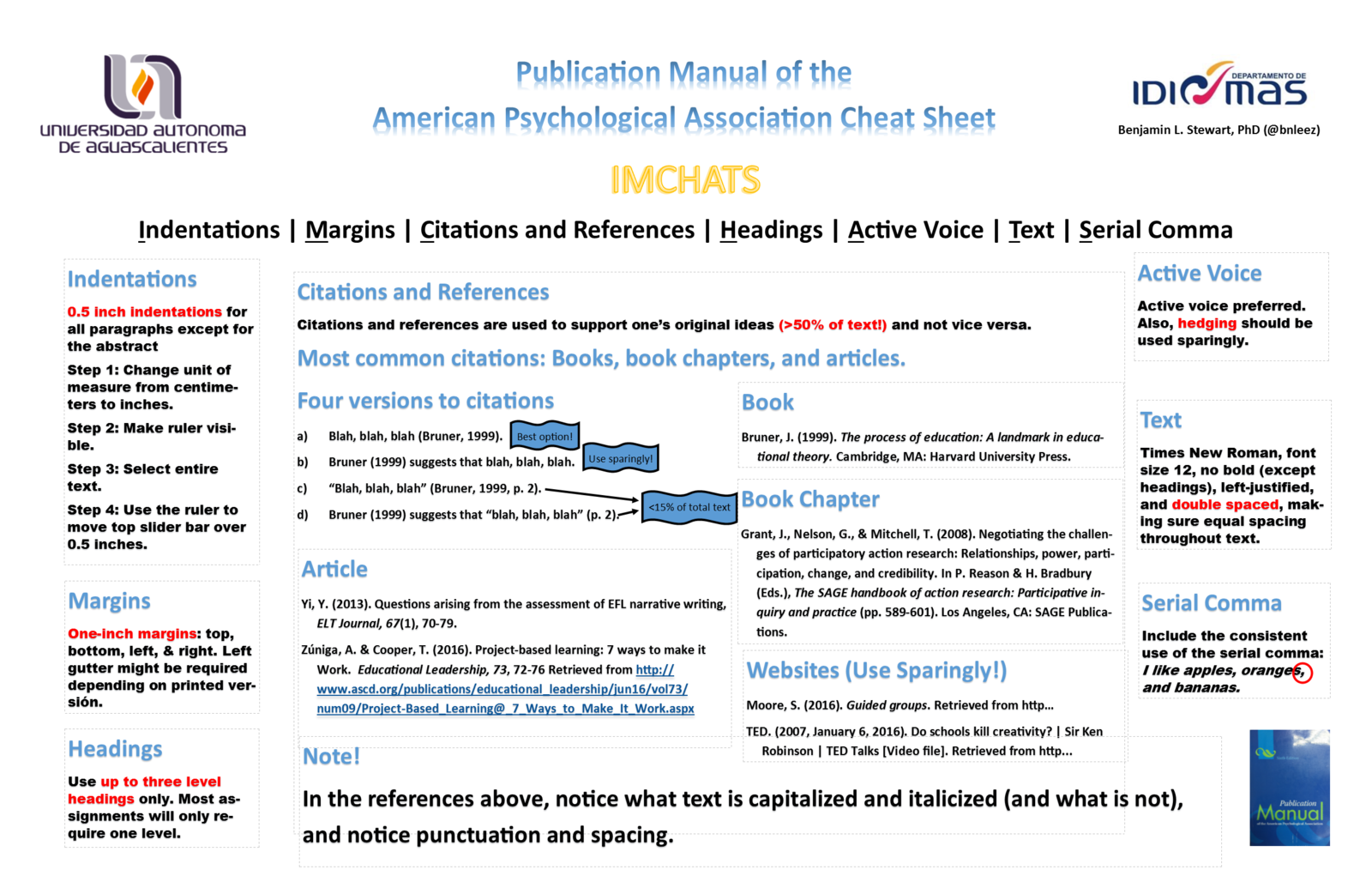Difference Between APA 6 and APA 7
In October 2019, the American Psychological Association released the 7th edition of their popular citation format, which officially replaced the 6th edition of the Publication Manual of the American Psychological Association published back in 2009. The 7th edition of APA style citation format brings some notable changes, if not significant, since the 6th edition which has been around for almost a decade. We take a look at some of the most notable changes in the latest edition of the APA Publication Manual.

In-Text Citations and References
Author Names
– The 6th edition of the APA manual requires you to list all the authors followed by commas the first time (for works with three to five authors) and then you can use “et al.” after the first author. While citing works with more than six authors, you can use “et al.” after the first author for all citations.
However, in the 7th edition of the APA, you do not need to mention all the authors even for the first time and regardless of the number of authors. You can simply use “et al.” after the first author.
Multiple Authors In the Reference List
– The APA 6 allows surnames and initials of no more than seven authors to be listed in the reference section. For eight or more authors, you can use “. . .” (three-spaced ellipsis) after the sixth author and before the last author.
In APA 7, the surnames and initials of up to 20 authors need to be listed in the reference entry. In case there are 21 and more authors, you can use the ellipsis after the 19th author and before the last author. The names of no more than 20 authors should be listed in the reference entry.
Publisher Location
– Unlike the 6th edition which required adding location of the publisher of the source in the citation, you no longer need to include the publisher location (city, country/state, etc.) in the reference after the book title.
“Birmingham, UK: Packt Publishing” would just become “Packt Publishing.”
Ebook Publisher
– For ebooks, the format, device, or platform (kindle, nook, etc.) is no longer required in the citations, but the publisher has to be included after the title.
Running Head
– The running head is the shortened version of the title and is written in all capital letters in the 6th edition. But, there’s no running head in the 7th edition – it only has the page number and the paper title (shortened version).
DOI and URL Formatting
– A DOI (Digital Object Identifier) is a unique alphanumeric string of characters used to identify ebooks and journals. Both DOI and URL are presented as hyperlinks in the 7th edition and you no longer need to use the label “DOI.” Additionally, you no longer need to include “Retrieved from” before the URL, unless a retrieval data is required.
Website Name
– The website name has to be included in the reference in plain text followed by a period before the URL, unless the name is the same as the author’s.

Paper Formatting
Format Paper
– The 7th edition of the APA manual specifies two different ways to set up your paper, one for students and one for professionals. So, there are separate guidelines for student papers and professional papers. In the 6th edition, however, both the papers are formatted the same way.
Fonts
– The 7th edition of the APA manual provides more flexibility when it comes to fonts. Unlike the 6th edition which limits the use of the fonts to 12-point Times New Roman, the 7th edition brings some new options. So, now you can use the Calibri 11, Arial 11, Lucida Sans Unicode 10, and the Georgia 11 in addition to the Times New Roman 12.
Title
– The title is now in bold in the 7th edition, along with all the section labels. The running head is now omitted in the student papers, unless your instructor says otherwise.
Heading Levels
– The heading levels 3, 4 and 5 are updated in the 7th edition to improve the readability, with the Level 3 being flushed to the left and italicized. The Level 4 heading are no longer in italics but indented. Level 5 headings are italicized and indented.
APA 6 vs. APA 7: Comparison Chart

Summary
The revised version, the Publication Manual of the American Psychological Association 7th Edition brings some major changes to the decade-old APA 6th Edition. So, anyone who is well-versed with the APA 6 citations writing, the transition to the APA 7 should be smooth. Some of the noticeable changes include omission of the publisher location in the book references, inclusion of website names, removal of ebook format or platform, capitalization of ethnic and racial terms, and other changes in regard to in-text formatting.
- Difference Between Caucus and Primary - June 18, 2024
- Difference Between PPO and POS - May 30, 2024
- Difference Between RFID and NFC - May 28, 2024
Search DifferenceBetween.net :
Leave a Response
References :
[0]Publication Manual of the American Psychological Association (6th ed). American Psychological Association, 2009.
[1]Publication Manual of the American Psychological Association (7th ed). American Psychological Association, 2019.
[2]Walden University. “APA Style: APA 6 & 7 Comparison Tables.” Academic Guides, 14 July 2020, https://academicguides.waldenu.edu/writingcenter/apa/7transition/comparison. Accessed 14 April 2021.
[3]“What’s new in the seventh edition Publication Manual.” APA Style, American Psychological Association, 19 March 2020, https://apastyle.apa.org/blog/whats-new-7e. Accessed 14 April 2021
[4]Image credit: https://commons.wikimedia.org/wiki/File:APA_Cheat_sheet.png
[5]Image credit: https://commons.wikimedia.org/wiki/File:Normas_Apa_sexta_edici%C3%B3n.png
